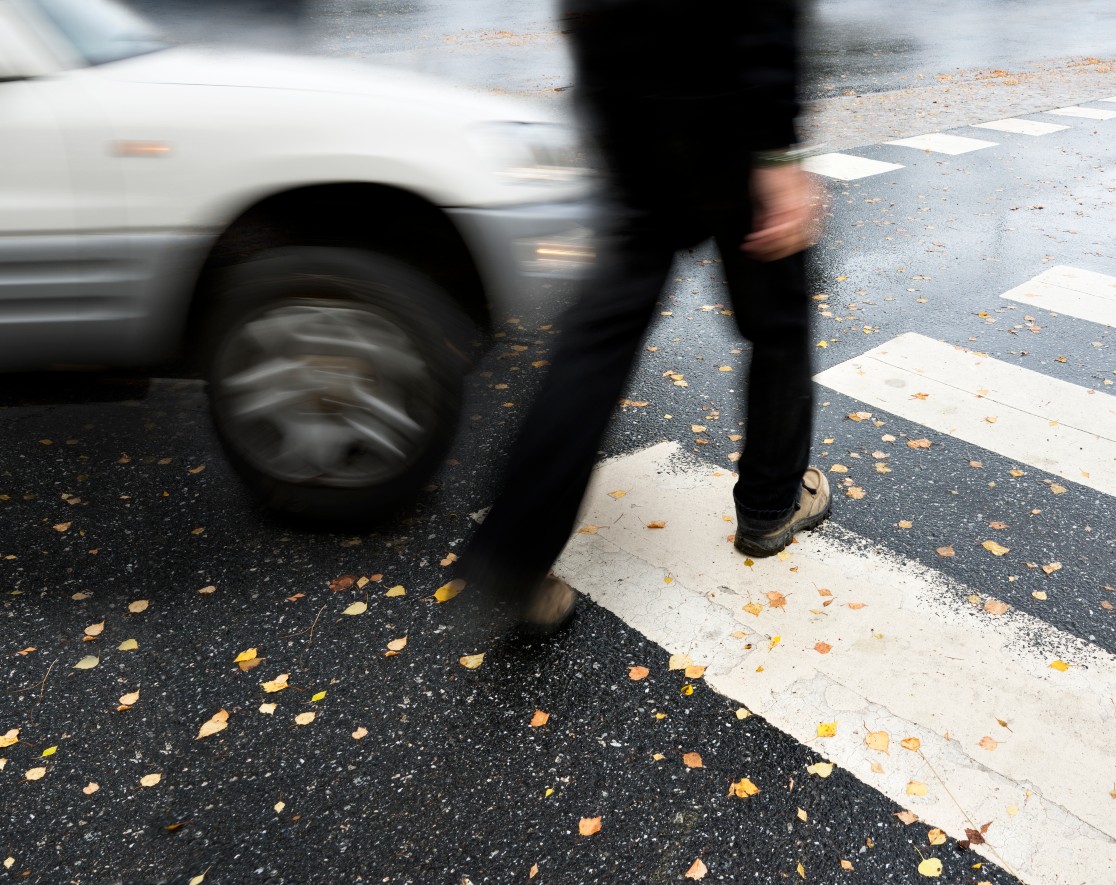What Are the Top Causes of Pedestrian Accidents?
Pedestrian accidents are a growing concern in urban and suburban areas alike. According to the National Highway Traffic Safety Administration (NHTSA), thousands of pedestrians are injured or killed each year in traffic-related incidents. These accidents often result in severe injuries due to the vulnerability of pedestrians compared to motor vehicles. Below, we explore the most common factors contributing to these accidents, how they can be prevented. If you’ve been the victim of a pedestrian accident, don’t hesitate to reach out to our legal team for help.
1. Distracted Driving
One of the biggest reasons pedestrian accidents happen is distracted driving. Drivers who are texting, eating, fiddling with their GPS, or even just daydreaming aren’t fully focused on the road. This can be especially dangerous in areas where pedestrians are crossing streets or walking near traffic.
How to prevent it: Drivers need to put their phones down and stay alert, especially in areas like school zones or neighborhoods. Pedestrians should also stay aware and avoid assuming that drivers see them.
2. Distracted Walking
It’s not just drivers who get distracted—pedestrians do too. Whether it’s scrolling through social media, texting, or wearing headphones, many people aren’t paying attention to their surroundings. This can lead to stepping into traffic or missing important signals.
How to prevent it: Pedestrians should keep their heads up and stay aware of their environment. If you’re crossing the street, put your phone away and make eye contact with drivers to ensure they see you.
3. Speeding
Speeding is another major factor in pedestrian accidents. When a car is going too fast, the driver has less time to react to someone crossing the street. Plus, the faster the car, the more severe the injuries in a collision.
How to prevent it: Drivers should stick to the speed limit, especially in areas with heavy foot traffic. Pedestrians should use crosswalks and avoid crossing streets where cars are moving quickly.
4. Failure to Yield at Crosswalks
Crosswalks are supposed to be safe zones for pedestrians, but accidents still happen when drivers don’t yield. Sometimes it’s because they’re not paying attention, and other times it’s because they’re unsure of the rules.
How to prevent it: Drivers need to slow down and stop for pedestrians at crosswalks. Pedestrians should wait until cars come to a complete stop before stepping into the street.
5. Driving Under the Influence
Alcohol and drugs impair judgment, reaction time, and coordination, making it incredibly dangerous for drivers to be behind the wheel. Unfortunately, impaired drivers are a common cause of pedestrian accidents. On the flip side, pedestrians under the influence may also make risky decisions, like jaywalking or crossing against traffic signals.
How to prevent it: If you’ve been drinking or using drugs, don’t drive—call a rideshare or use public transportation. Pedestrians should also avoid walking near busy roads if they’re impaired.
6. Poor Visibility
Low visibility is a big problem, especially at night or in bad weather. Drivers may not see pedestrians, particularly if they’re wearing dark clothing or crossing in unmarked areas.
How to prevent it: Pedestrians should wear bright or reflective clothing and carry a flashlight when walking at night. Drivers should use their headlights and slow down in poor visibility conditions.
7. Jaywalking
Jaywalking—crossing the street outside of a crosswalk—is a common cause of accidents. Drivers aren’t expecting pedestrians to pop out in random spots, which can lead to collisions.
How to prevent it: Pedestrians should stick to crosswalks and follow traffic signals. Drivers should stay alert for people crossing in unexpected places, especially in busy areas.
8. Left-Turning Vehicles
Left turns at intersections are a hotspot for pedestrian accidents. Drivers are often focused on oncoming traffic and forget to check for people crossing the street.
How to prevent it: Drivers should always check for pedestrians before making a turn. Pedestrians should wait until they’re sure the driver sees them before crossing.
9. Backing-Up Accidents
Parking lots and driveways can be surprisingly dangerous for pedestrians, especially kids. Drivers reversing their vehicles may not see someone walking behind them, leading to accidents.
How to prevent it: Drivers should double-check their surroundings before backing up and use backup cameras if they have them. Pedestrians should avoid walking behind vehicles that are reversing.
10. Poor Infrastructure
Sometimes, the problem isn’t the driver or the pedestrian—it’s the road itself. Lack of sidewalks, poorly marked crosswalks, and bad lighting can all contribute to accidents.
How to prevent it: Cities and towns need to invest in better infrastructure, like sidewalks, crosswalks, and streetlights. Pedestrians should try to stick to safer routes whenever possible.
If You’ve Been Involved in a Pedestrian Accident, Contact Our Law Firm
Pedestrian accidents are often preventable if both drivers and pedestrians stay alert and follow the rules of the road. By addressing common causes like distracted driving, speeding, and poor visibility, we can make our streets safer for everyone. If you or someone you love has been involved in a pedestrian accident, the team at Pulvers, Pulvers & Thompson is here to help. We understand how overwhelming these situations can be, and we’re committed to fighting for the justice you deserve. Contact us today for a free, no obligation consultation. We’re here to get you the justice and compensation you’re entitled to.


